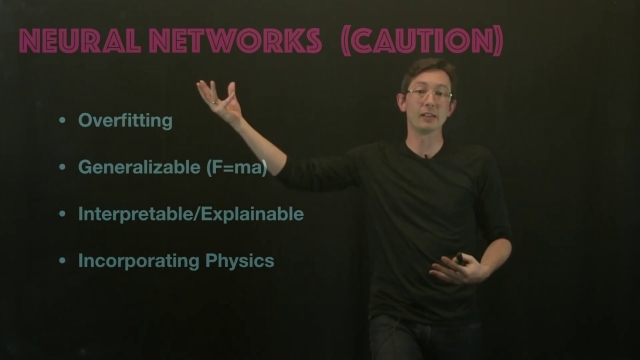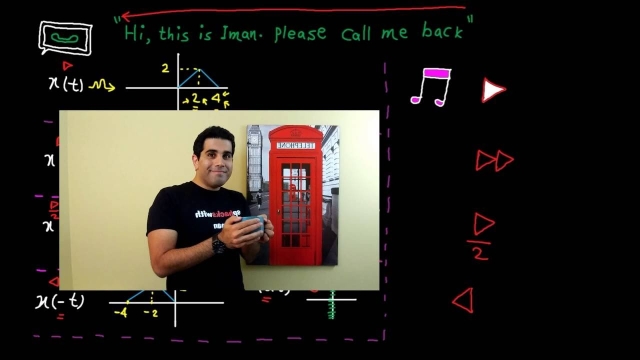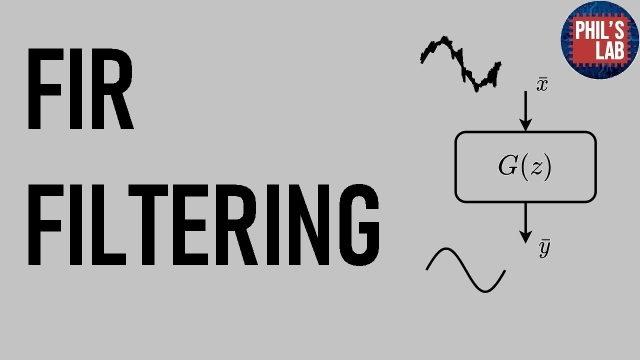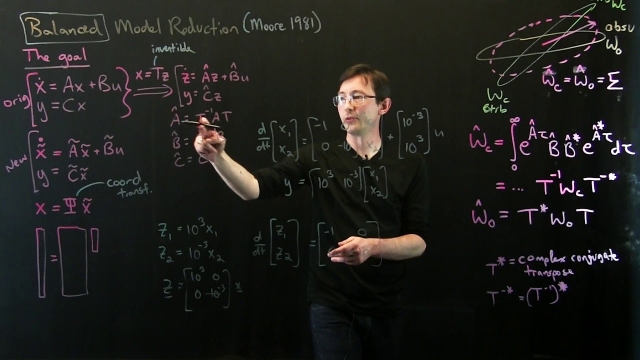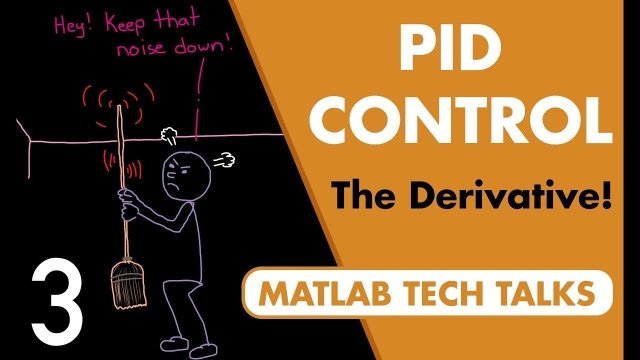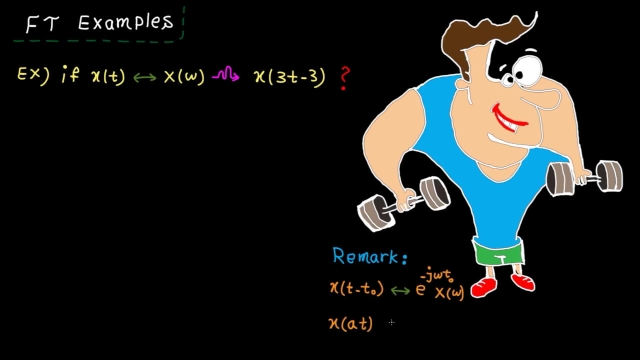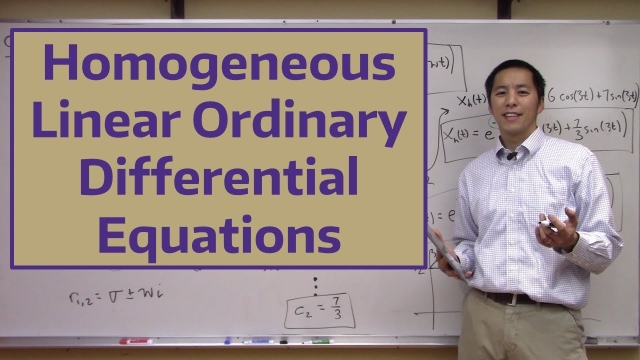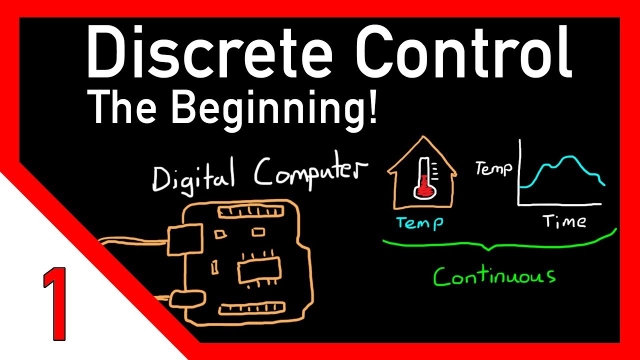
Control Bootcamp: Full-State Estimation
This video describes full-state estimation. An estimator dynamical system is constructed, and it is shown that the estimate converges to the true state. Further, the eigenvalues of the...
See MoreSOPDT Sliding Mode Control ( SMC ) with Smith Predictor
Simulating the Lorenz System in Matlab
This video shows how simple it is to simulate dynamical systems, such as the Lorenz system, in Matlab, using ode45.
See MoreMotivation for Full-State Estimation [Control Bootcamp]
This video discusses the need for full-state estimation. In particular, if we want to use full-state feedback (e.g., LQR), but only have limited measurements of the system, it is necessary...
See MoreSVD and Optimal Truncation
This video describes how to truncate the singular value decomposition (SVD) for matrix approximation.
See MoreLecture 2: LTI Systems, Laplace Transform Review and Transfer Function
The Frobenius Norm for Matrices
This video describes the Frobenius norm for matrices as related to the singular value decomposition (SVD).
See MoreVector Derivatives (the Equation of Coriolis) and the Angular Velocity Vecto...
In this video we develop the Equation of Coriolis which describes how a vector in a rotating reference frame changes from the perspective of an observer in a non-rotating reference frame. We...
See MorePID Control with Posicast Control 8 - ( In English )
This is the follow up of PID Control with Posicast ( Part II )
See MoreLecture 17: Introduction to Compensators/Controllers
Control Systems Lectures - Time and Frequency Domain
This lecture introduces the time and frequency domains. A very quick description of the Laplace Transform is given which will be the base of many of classical control lectures in the future...
See MoreRouth Stability Criterion Intro and Example
I introduce and walk through an example problem of how we can use the Routh Stability Criterion to rigorously determine the necessary and sufficient conditio...
See MoreKoopman Spectral Analysis (Representations)
In this video, we explore how to obtain finite-dimensional representations of the Koopman operator from data, using regression.
See MoreUsing Root Locus to Meet Performance Requirements
In this video we investigate how to use the root locus technique to design a controller that meets certain performance specifications.Topics and timestamps:(...
See MoreIMC Design of an Unstable Process Example
In this video, I cover how we can use IMC method to rigorously design a controller for an inherently unstable process (has a positive pole).
See MoreControllability and the Discrete-Time Impulse Response [Control Bootcamp]
This lecture derives the impulse response for a discrete-time system and relates this to the controllability matrix.
See MoreNeural Networks: Caveats
This lecture discusses some key limitations of neural networks and suggests avenues of ongoing development.
See MoreTime domain - tutorial 3: signal transformations
In this video, we learn how different transformations can change the signal shape. Specifically, we cover time shifting & scaling as well as amplitude shift...
See MoreRelative Gain Array RGA and Input Output Pairing
The RGA is a tool used by process engineers to determine how to pair inputs and outputs during controller design to strive for better performance and robustn...
See MoreFIR Filter Design and Software Implementation
FIR (Finite Impulse Response) filter theory, design, and software implementation. Real-time software implementation on a custom STM32-based PCB. Overview of digital filtering, use-cases...
See MoreData-Driven Control: Balancing Example
In this lecture, we give an example of how a change of coordinates can balance the controllability and observability of an input—output system.
See MoreUnderstanding PID Control, Part 3: Expanding Beyond a Simple Derivative
This video describes how to make an ideal PID controller more robust when controlling real systems that don’t behave like ideal linear models. Noise is generated by sensors and is present in...
See MoreFrequency domain – tutorial 7: Fourier transform examples marathon
In this video, we solve lots of lots examples to practice how to quickly find Fourier transform using table of pairs and properties. The learning objective i...
See MoreHomogeneous Linear Ordinary Differential Equations
In this video we discuss how to solve homogeneous linear ordinary differential equations (ODEs). The approach outlined in this lecture is applicable to high...
See MoreDiscrete control #1: Introduction and overview
So far I have only addressed designing control systems using the frequency domain, and only with continuous systems. That is, we’ve been working in the S domain with transfer functions. We...
See More

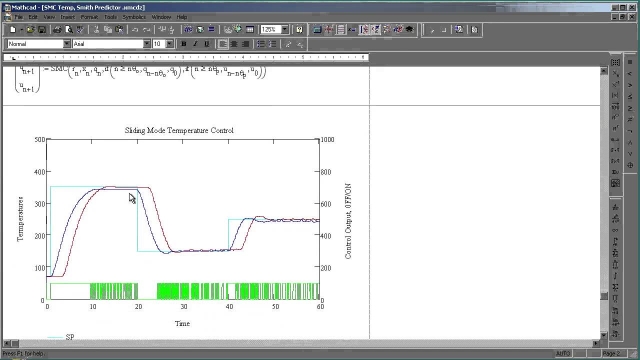
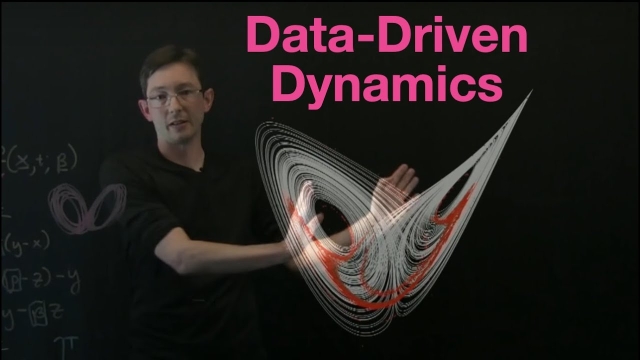
![Motivation for Full-State Estimation [Control Bootcamp] Motivation for Full-State Estimation [Control Bootcamp]](/sites/default/files/styles/search_resulkts/public/2020-12/maxresdefault_378.jpg?itok=AFDlS2AH)
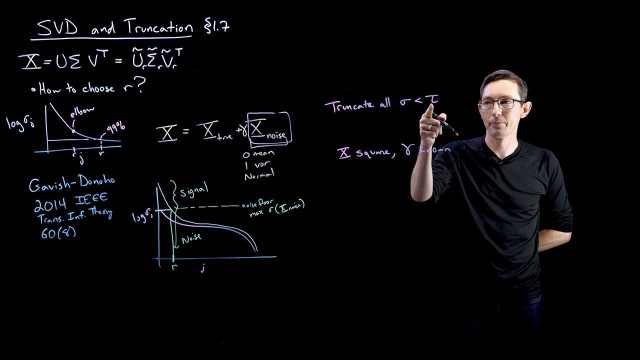
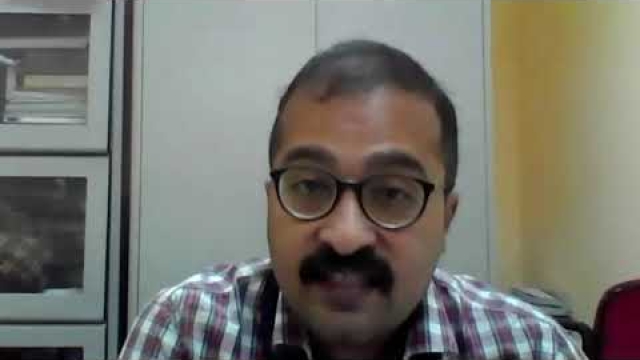
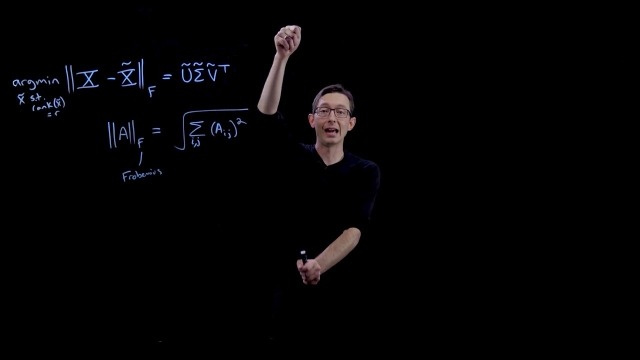
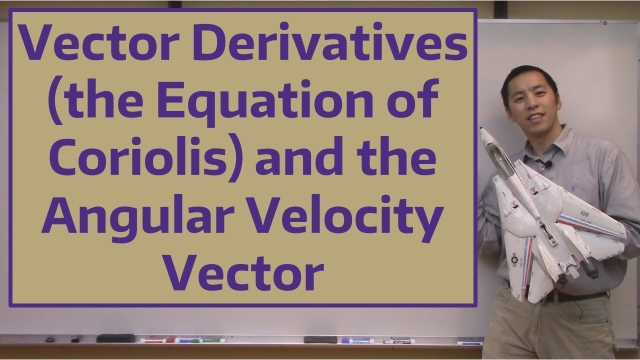

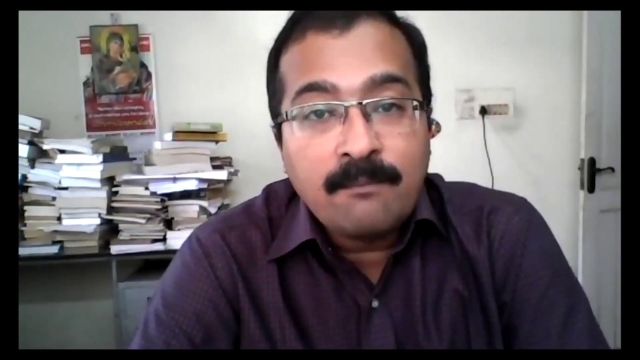
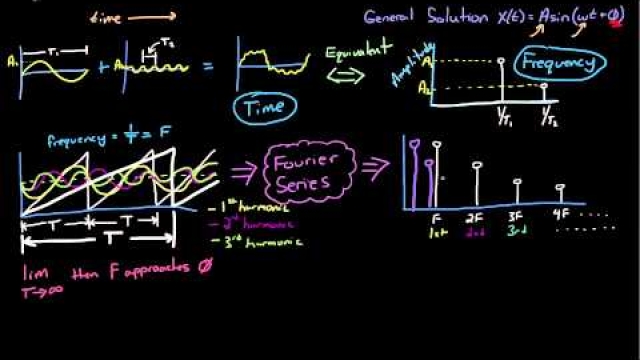
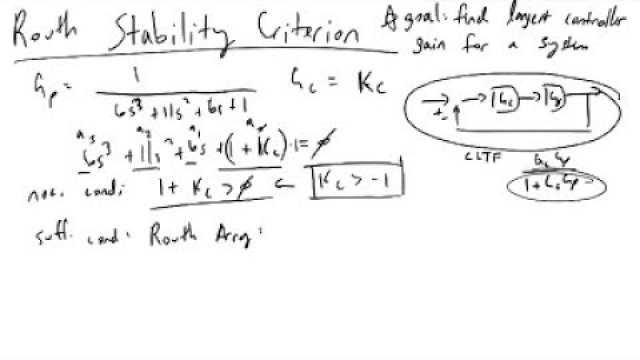
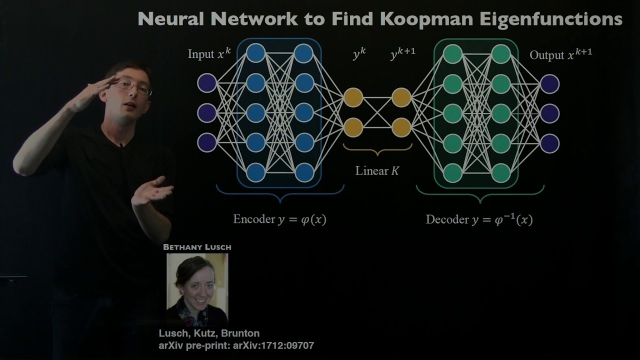
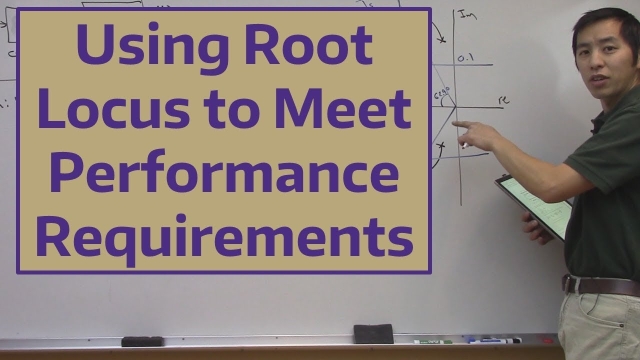
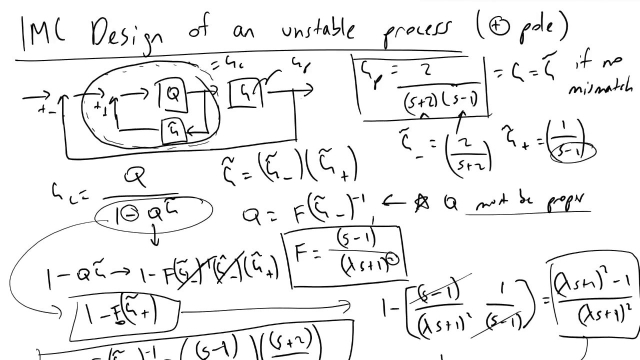
![Controllability and the Discrete-Time Impulse Response [Control Bootcamp]](/sites/default/files/styles/search_resulkts/public/2020-12/maxresdefault_302.jpg?itok=xjXmM9_U)
